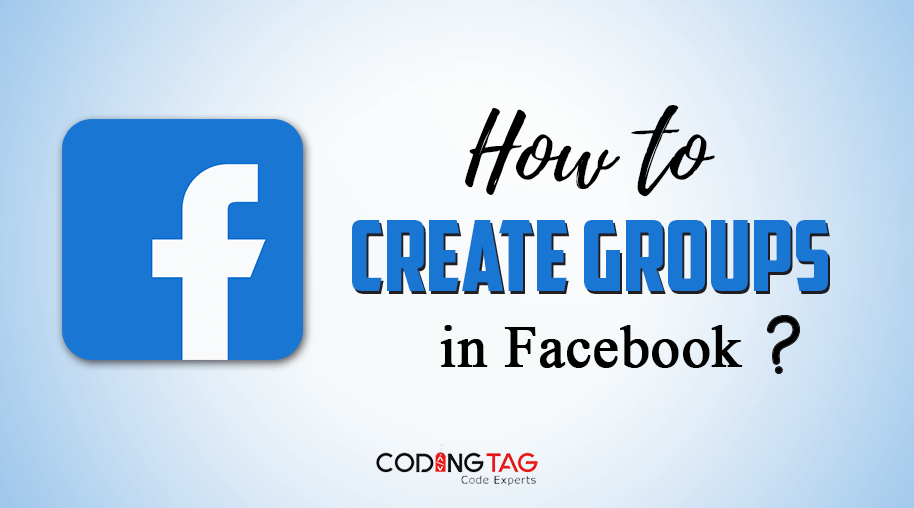3D printing service
0 2355
- Using digital files, three-dimensional solid objects are made with additive manufacturing.
- 3D Software
- Slicing: 3D printing from printable files
- Industry of 3D printing
- 3D printing examples
- Consumer products (eyewear, footwear, furniture, design)
- Products that are manufactured (tools, prototypes, parts, tools, etc)
- dental products
- prosthetics
- architectural scale models and maquettes
- reconstructing fossils
- replicating ancient artifacts
- reconstructing evidence in forensic pathology
- movie props
- Rapid manufacturing and prototyping
- Rapid prototyping: Why use 3D printers?
How does 3D printing work?
Three-dimensional objects are created using additive processes. By laying successive layers of material down, an object is created. As thin slices of the object, each of these layers can be seen.
In contrast to 3D printing, subtractive manufacturing involves hollowing out, for instance, a metal or plastic object using a mill.
A 3D printer can produce complex shapes while using less material.
What is the Process of 3D Printing?
3D models are the starting point for all our projects. One can be created from scratch, or one can be downloaded from a 3D library.
Software tools come in many different varieties. To open-source and industrial grade. We have created an overview of 3D software on our website.
Beginners are often recommended to start with Tinkercad. There is no need to install Tinkercad on your computer since it runs in your browser. Tinkercad has tutorials for beginners as well as the option to export your model as a printable file, such as a .STL or .OBJ.
The next step is preparing the file for 3D printing.
The slicing of 3D models involves separating them into hundreds or thousands of layers using slicing software.
When your 3D printer receives your sliced file, it's ready to use. To feed a file to your printer, you can use USB, SD, or WiFi. Using layers, you are ready to 3D print your sliced file.
There are now fewer and fewer companies that have not implemented additive manufacturing in some way in their supply chains. Initially used only for prototyping and one-time production, the 3D printing service Central Coast is now rapidly becoming a production technology.
Industrial applications are driving most of the current demand for 3D printing. Research firm Acumen Research and Consulting projects that 3D printing will reach $41 billion worldwide by 2026.
It is destined to transform a growing number of major industries as it advances and modernizes our lives, our work, and our play in the future.
Almost any industry you can think of is using 3D printing, which involves a wide variety of technologies and materials. The cluster of industries with a variety of applications should be viewed as a whole.
Examples include:
In the early 1970s, companies began using 3D printers to create prototypes during their design process. Rapid prototyping is the process of using 3D printers for these purposes.
In short: it's cheap and fast. Getting a prototype from idea to 3D model to handing it over, takes days instead of weeks. There's no need for expensive molds or tools as iterations are cheaper and easier.
Fast manufacturing is possible with 3D printing, as well as rapid prototyping.

Share:








Comments
Waiting for your comments